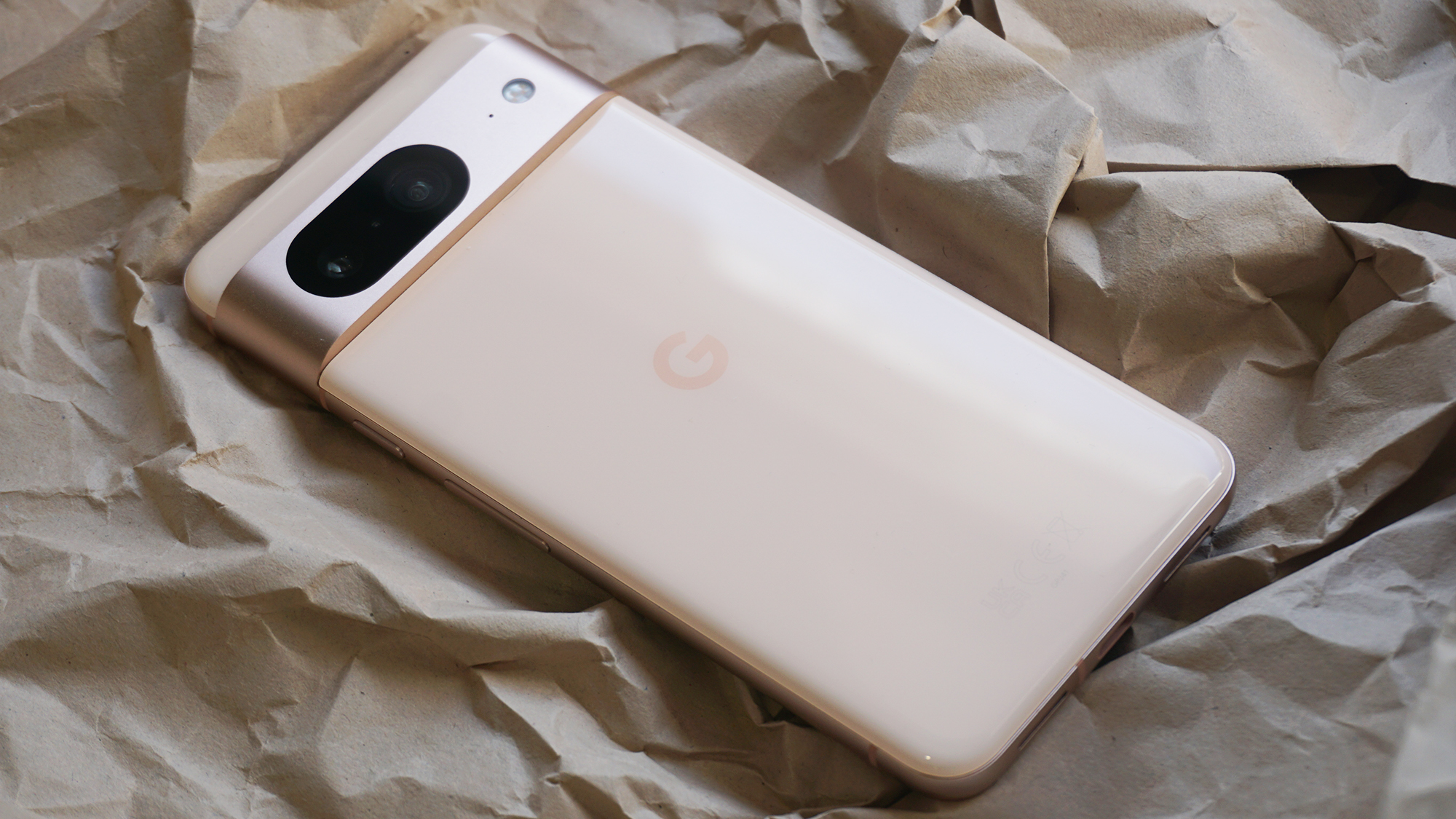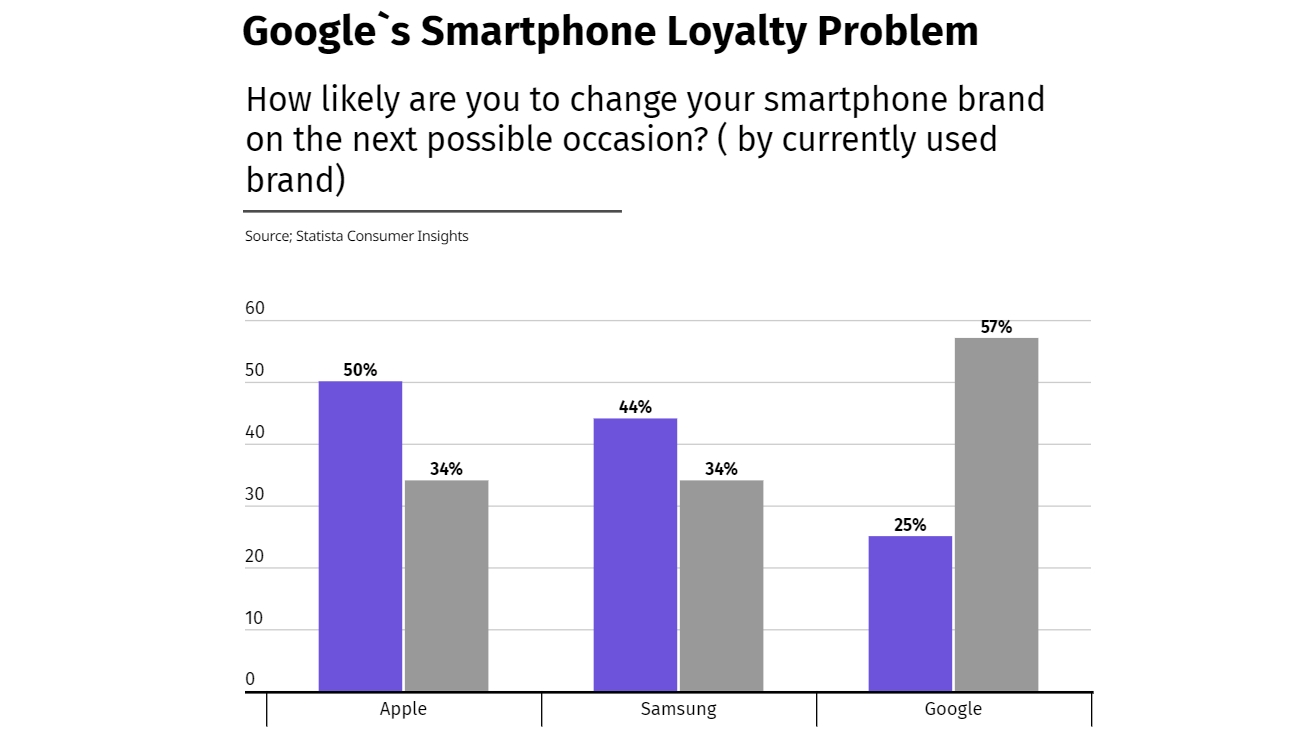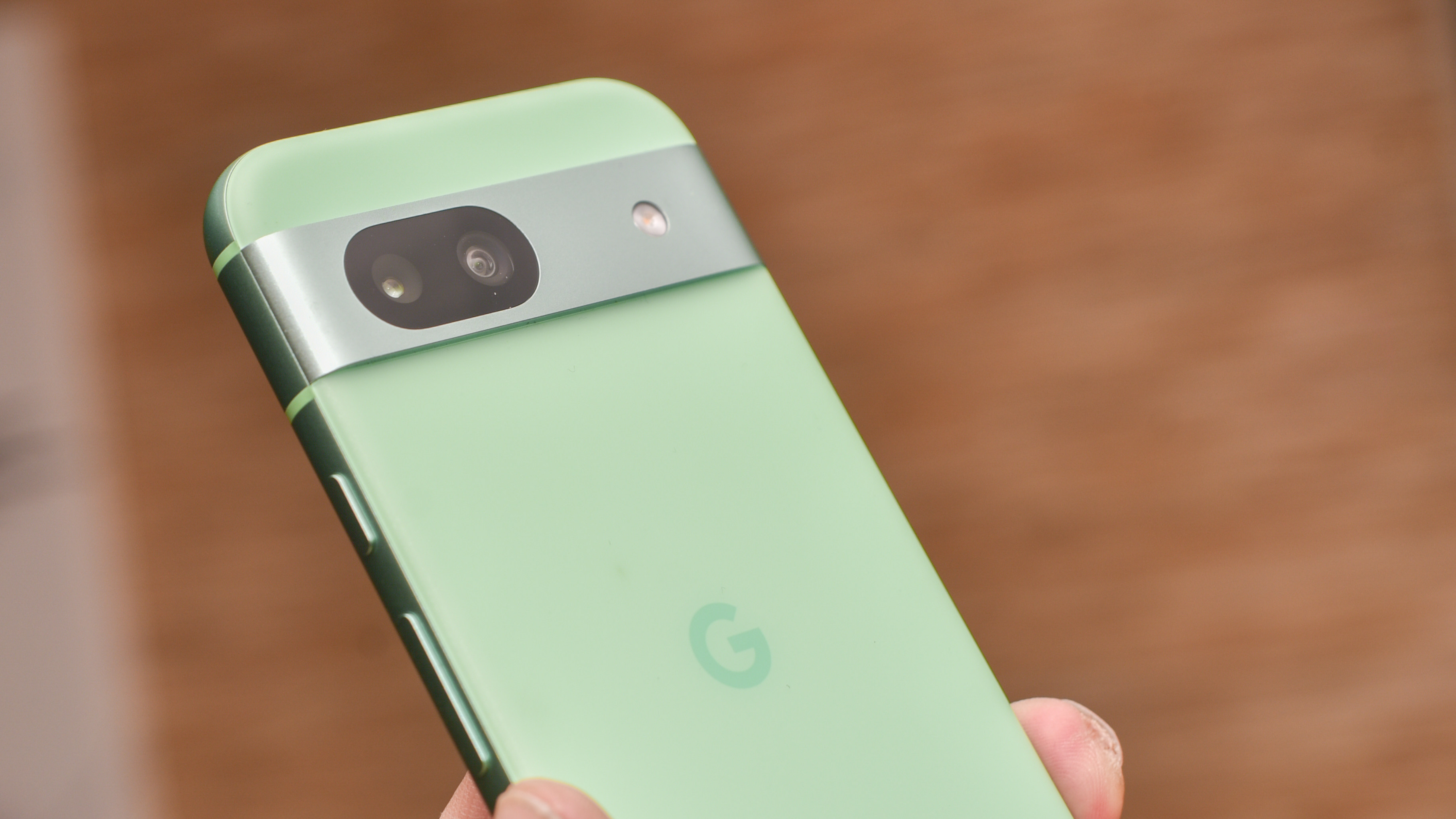The Pixel 9 could be Google’s least popular phone in years, despite impressive rumored features
Is Google's Pixel line in trouble?

Despite making increasingly excellent phones, Google has struggled to build much market share in the smartphone sector, and the latest data suggests that Pixel phones might be getting even less popular.
According to a recent Stocklytics report (via Phone Arena), 57% of surveyed Pixel owners say it’s very likely that they’ll switch to another brand next time they upgrade, with only 25% saying that they’re very unlikely to do so.
The survey included almost 10,000 smartphone users in the US, and for comparison, just 34% of surveyed Samsung phone owners said that they’re very likely to switch, with 44% saying they’re very unlikely. In the case of iPhone owners, 34% again said that they’re very likely to make a move, while 50% said they’re very unlikely to.

This isn’t the only sign that Google's Pixel line could be in trouble, either, as earlier in the month, Counterpoint Research (also via Phone Arena) found that Google's share of the US market share had declined from an already low 2% in the first quarter of 2023, to a lower but unnamed percentage in the first quarter of 2024.
So, all of this is a bad sign for the Google Pixel 9 line, which – despite rumors of a new design, a third model (possibly dubbed the Pixel 9 Pro XL), and ever more AI features – could struggle to sell.
These results are slightly surprising, too, since Google makes excellent phones, with the Pixel 8 and Pixel 8 Pro both getting 4-star reviews from us.
Buggy phones and small sample sizes

So, what’s going on here? Well, Pixel phones have had more than their fair share of bugs and other issues over the years, including overheating and connectivity problems. The latest models seem more stable, though, and Google has for the most part resolved any issues that arose in earlier phones.
Get daily insight, inspiration and deals in your inbox
Sign up for breaking news, reviews, opinion, top tech deals, and more.
It could also be that the Pixel line isn’t in as much trouble as these reports suggest. That aforementioned Statista survey, for example, might sound significant with its almost 10,000 respondents, but given that Google’s US market share is likely under 2%, that would mean that only around 200 of those surveyed actually even have a Pixel phone. When you consider that the smartphone-owning population of the US sits at around 310 million people (according to Statista), that’s an almost meaninglessly small sample size.
On top of which, the US is just one market, and while it is one of Google’s biggest, the Pixel line had a 12% market share in Japan in the second quarter of 2023 according to Counterpoint Research (via Bloomberg), and that was up from just 2% in the same quarter of 2021.
So, if nothing else, Google’s phones are making an impact and growing their market share elsewhere.
Hopefully, then, things aren’t as dire for the Pixel line as some of the data above suggests, and with any luck, Google can further improve the reliability of its phones, to hopefully boost customer loyalty in future.
You might also like
- Google Pixel 9: latest news, rumors and everything we know so far
- Google Pixel 8 review: full of surprises
- Best Pixel phones: we've ranked all the Google Pixel handsets worth buying
James is a freelance phones, tablets and wearables writer and sub-editor at TechRadar. He has a love for everything ‘smart’, from watches to lights, and can often be found arguing with AI assistants or drowning in the latest apps. James also contributes to 3G.co.uk, 4G.co.uk and 5G.co.uk and has written for T3, Digital Camera World, Clarity Media and others, with work on the web, in print and on TV.